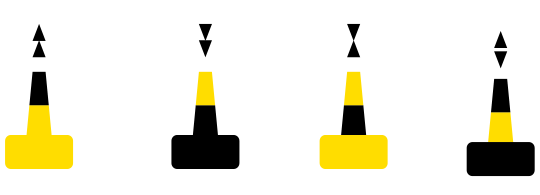Featured
What Colour Are Isolated Danger Buoys
What Colour Are Isolated Danger Buoys. The colours are red and black horizontal stripes and the mark is, when practicable, also fitted with a black top mark of two vertically aligned spheres. Unlike cardinal buoys, they can be passed either side.

These buoys mark the edges of designated anchorage areas. The waters around the buoy are navigable only when the vessel does not get too close. It is used to mark an isolated hazard in waters which are otherwise navigable.
How Do You Beat The Fairway Buoy?
An anchorage buoy has a black anchor symbol on a yellow pillar, can, or spar. Unlike cardinal buoys, they can be passed either side. The effect of scattering is inversely related to fourth power of wavelength of colour.
These Buoys And Marks Indicate Where Safe Water Lies And Where You Should Navigate.
What does an isolated danger buoy look like? Navigable water is located all around an isolated danger buoy. Because the extent of the danger and the safe passing distance cannot be specified for all circumstances in which this mark may.
They Are Located On Or Over An Isolated Danger, Such As A Rock, And May Be Passed On Either Side.
The colours are red and black horizontal stripes and the mark is, when practicable, also fitted with a black top mark of two vertically aligned spheres. An isolated danger buoy is moored on, or above, an isolated danger which has navigable water all around it. Cautionary buoys are solid yellow pillars, cans, or spars.
What Does An Isolated Danger Buoy Look Like?
An isolated danger buoy is moored on an isolated danger (such as a wreck) in a secure or safe body of water. At night, the white light flashes in groups of 2. Isolated danger marks are black with 1 or more red horizontal bands and 2 spheres as the top mark.
Colour Horizontal Black & Red Stripes Shapes Conical, Pillar, Spar Top Marks Two Black Balls In A Vertical Line Lights White, 2 Quick Flashes With.
Isolated danger buoys are placed directly above a hazard such as a submerged rock or a wreck, but has navigable water all around it. These marks, beacons or buoys, mark dangers such as shoals and rocks, and are also frequently used to mark wrecks. Marking small, isolated dangers with navigable water around the buoy.
Comments
Post a Comment